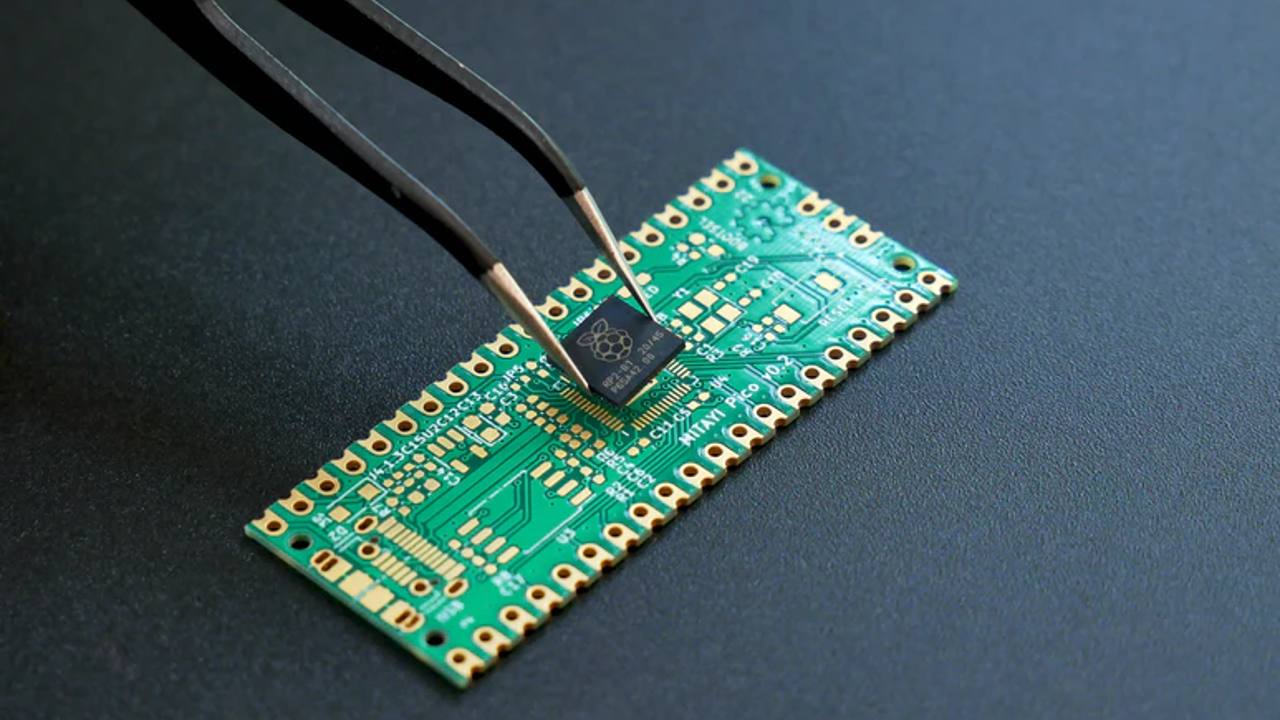For almost 25 years, Christopher Cytera has worked in the Cambridge (UK) technology cluster with semiconductor and other tech startups, including some that went on to be acquired by larger semiconductor companies. He spoke with Bandwidth editor Bill Echikson to discuss the state of the global semiconductor industry. The following interview has been edited for clarity.
Question: The West is grappling with a global semiconductor shortage. What went wrong?
Cytera: Back in the 1960s, Texas Instruments invented the first integrated circuit, that is, a circuit with more than one transistor on a chip of silicon. During the 60s to the 70s, there were lots of innovations. Back then, the norm was for each semiconductor company to manufacture their own chips at their “wafer fabs.”
As chips became more capable, costs increased exponentially. It became impossible for medium-sized companies to maintain investment. Apart from Intel and a few very large or specialized chipmakers, most outsourced to foundries.
Manufacturing has concentrated in fewer and fewer high-capacity plants, mainly in Asia, and especially in Taiwan. Taiwan Semiconductor Manufacturing Company (TSMC) currently has a 54 percent global market share. Samsung has 17 percent. UMC, another Taiwanese foundry, has seven percent. Global Foundries created when AMD split off its manufacturing has seven percent and China’s CSMC has four percent.
The pandemic triggered a shortage. It generated a surge in demand for devices such as laptops and tablets required for working from home. Production slowed down due to lockdowns. Combined with a drought in Taiwan – semiconductor manufacturing requires massive amounts of water – demand outstripped supply.
Some people attributed the shortages to the US sanctions restricting China’s access to new technologies. I disagree. These particular sanctions may impact China’s ability to deliver leading-edge chips in 18 months, but they do not impact current production.
Question: Will the shortage persist? How should the West respond?
Cytera: These issues will continue. The industry needs to reduce dependency on a single supplier. The US and China may go about this differently.
The US government is now subsidizing Taiwan Semiconductor to build a leading-edge wafer factory in Phoenix, Arizona. Taiwan Semiconductor would not do this without subsidies because the cost of building and running a leading-edge fab are higher in the US than in Asia. I think that this is the right approach.
Although Europe has been taking a similar approach, the amount of money required is out of reach of many European countries. There is only one European flagship company left standing – STMicroelectronics. Some have been allowed to fall into Chinese ownership such as Netherlands-based Nexperia, which was then used as a vehicle to acquire UK-based Newport Wafer Fab, a transaction the British government naïvely failed to block.
President Biden’s recent tour of factories in South Korea is a good step – we share important democratic values. EU officials, on the other hand, are meeting with China. I think this is quite dangerous. If we compare this to the way that the EU is now dependent on Russian gas and oil, we can see that it could cause problems in the future. If we become dependent on China, then China could threaten to cut off chip supply to the European automotive industry to achieve political ends.
In short, I think the US is taking the right approach whereas Europe is not. If I oversaw European policy, I would be strengthening ties with Taiwan because most of the supply today comes from there, and we have shared values. I would talk to the Taiwanese and see what Europe can do in return. I would also limit further Chinese ownership in Europe. The UK, for its part, should firmly align itself with Europe and the US, Brexit notwithstanding: difficult when the incumbent government has no understanding of the strategic importance of semiconductors.
Question: How could the US and Europe work together on semiconductors?
Cytera: The Trade and Technology Council focuses on semiconductors. We must not have the present chip shortage devolve into a subsidy war. We need to cooperate across the Atlantic. If the EU attracts inward investment this would benefit both the US and EU. There is a history of working together over the years with European companies such as STMicroelectronics owning plants in the US.
Question: You mentioned that it would be bad for Europe and the US to get involved in subsidy wars. Do you see this happening? Europe attracted Intel to invest in new plants in Europe. Is this a good thing?
Cytera: Attracting Intel away from other places is good. If the US and EU are collaborating and Intel investment isn’t going to China, that’s ideal.
Question: Do you think there is an opportunity for a non-Asian chipmaker to stay in the game?
Cytera: Absolutely. Intel realizes going into the foundry business is important. Intel also knows that it needs to catch up with Taiwan Semiconductors. I think it’s good for them to succeed.
Intel and China PLC have deep pockets and resources. The future foundry competition will come from China. They will grow their shares regardless of geopolitical issues.
Question: Looking forward two decades, what are the best and worst possible outcomes for the semiconductor industry?
Cytera: The best possible outcome is that Intel succeeds, and that US manufacturing capacity succeeds, growing its market share. Another US foundry will pop up and that one will be built in Europe. Taiwan will remain independent and retain a large market share.
The worst outcome is a Chinese invasion of Taiwan that destroys the Taiwanese capacity or takes the foundry over. This could lead to a dependency on China for chip manufacturing. Then we are left to rely on geopolitical games and tech companies become subservient to the Chinese Communist Party.
Christopher Cytera CEng MIET is a non-resident senior fellow at CEPA. He is a member of the Institution of Engineering and Technology (IET) and has been in the semiconductor industry since 1986.




